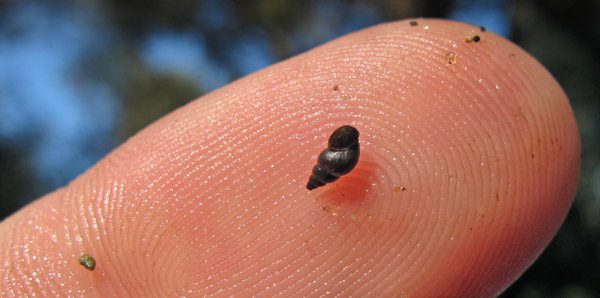Monday December 19, 2011

Earlier this month, the U.S. Forest Service released its first ever national-level policy on management of invasive species throughout aquatic and terrestrial areas of the National Forest System. For centuries non-native species have been introduced to different regions for many varied purposes, such as food, clothing, medicine and recreation, and the development of the United States has been no exception. We are just now beginning to understand the potential negative implications of these introductions. Today, approximately $137 billion in damages are caused every year by roughly 50,000 non-native species in the United States alone (Pimentel et al. 2000). A variety of methods are used in managing their populations, such as chemical control, habitat restoration, depredation permits, and bounties for individuals that contribute to eradication.
Since most of our work at FISHBIO is related to fish we tend to focus on the ‘nuisance’ non-native species that exist in aquatic or riparian environments, such as New Zealand mud snails and water hyacinth. However, not all non-native species are classified as being a threat and many are things that we enjoy in our everyday lives, including the dog in our back yard and the vegetables in our refrigerator. It is important to identify which of the nonindigenous species are harmful to existing populations and find ways to mitigate their effects. This can be a challenge, especially considering we have yet to develop consistent terminology to define the types of non-native species (Colautti and MacIsaac 2004) we refer to during discussions, debates and reporting. What some may describe as “invasive”, others may define as “non-native”, “alien” or “nuisance” species. The recent Forest Service policy defines invasive as, “an alien species whose introduction does or is likely to cause economic or environmental harm or harm to human health.”
Whether introduced by accident or deliberately, non-native invasive species are posing a threat to the biodiversity of indigenous populations, and 48% of the species listed under the Endangered Species Act are cited as being threatened by non-native species (Sanderson et al. 2009). As an outdoors enthusiast or a fisheries biologist, simply choosing the right kind of fishing gear and disinfecting equipment after use are ways that you can help prevent the spread of invasive species.
